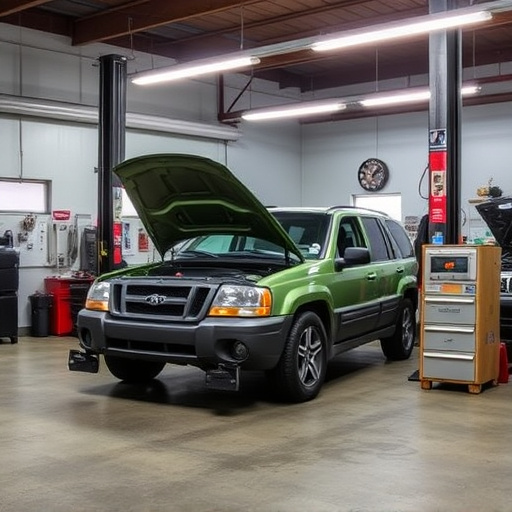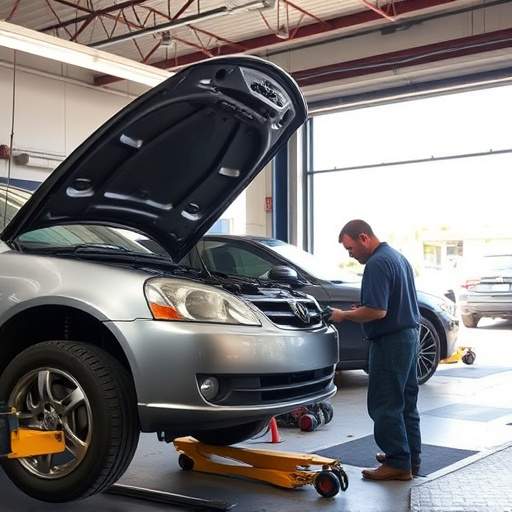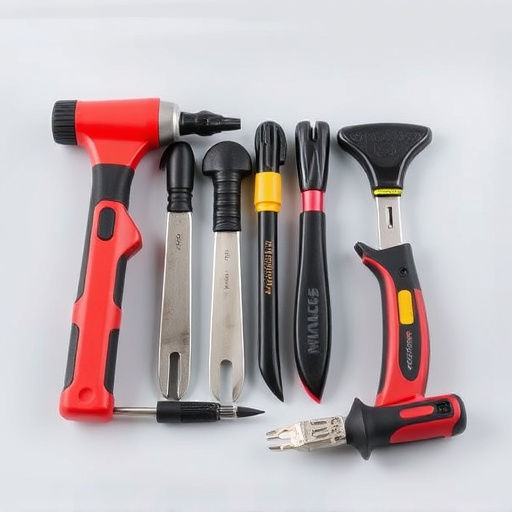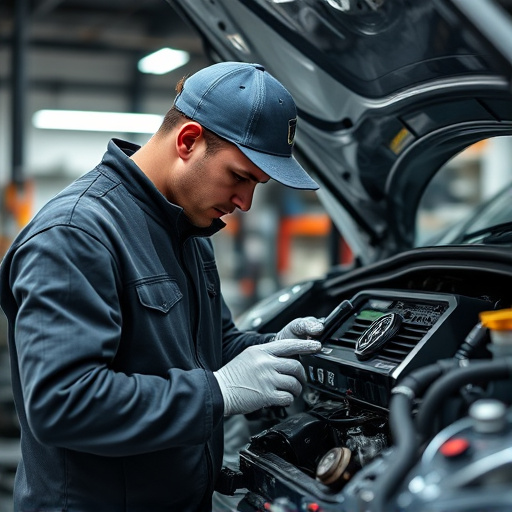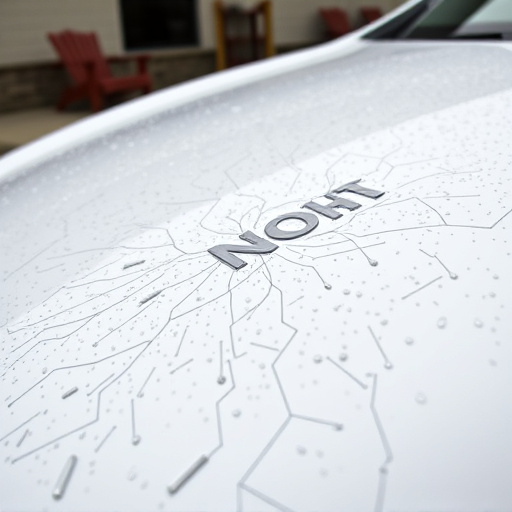In emergency collision repair, certification is paramount for quality and safety. Technicians must complete structured training and practical experience, including specialized courses in auto frame repair and advanced safety protocols. Rigorous examinations test their expertise across various collision repair aspects. Certification requirements vary by region, ensuring technicians are prepared to deliver efficient services during critical moments. Recognized bodies offer programs focusing on structural integrity, safety protocols, advanced fender repair, and automotive painting techniques. Essential certifications include frame straightening, CAD body repairs, and emerging technologies, with hybrid/electric vehicle repair gaining prominence. These credentials boost technician employability, earning potential, and customer confidence in superior repair services.
In the fast-paced world of automotive accident response, certified emergency collision repair technicians are essential. This article explores the crucial role these professionals play and delves into the certifications that matter most. From understanding the evolving industry standards to highlighting key accreditations, we uncover why relevant training is paramount for those aiming to excel in this dynamic field. By the end, you’ll grasp the significant benefits of certification and how it contributes to safety and efficiency in emergency collision repair.
- Understanding Emergency Collision Repair Certification Requirements
- Key Certifications for Emergency Collision Repair Technicians
- Benefits of Earning Relevant Certifications in Emergency Collision Repair
Understanding Emergency Collision Repair Certification Requirements

In the realm of emergency collision repair, certification is paramount to ensuring quality and safety standards. To become a certified emergency collision repair technician, individuals must navigate a structured path that involves both formal training and practical experience. The process typically includes completing specialized courses that cover a range of topics, from auto frame repair techniques to advanced safety protocols for handling hazardous situations. These courses are designed not only to equip technicians with the technical skills necessary but also to foster an understanding of industry best practices.
Upon completion of the training, aspiring technicians must pass rigorous examinations that test their knowledge and proficiency in various aspects of emergency collision repair. This includes mastery over auto body work, from basic repairs to complex structural adjustments. The certification requirements vary across regions, with some jurisdictions mandating specific training hours or courses. By adhering to these standards, technicians ensure they are well-prepared to handle unexpected situations, providing efficient and reliable auto body services in critical moments.
Key Certifications for Emergency Collision Repair Technicians

In the fast-paced world of emergency collision repair, technicians need to be equipped with a comprehensive set of skills and certifications. The primary focus should be on obtaining recognized industry standards that guarantee quality and safety. Key certifications for emergency collision repair technicians include those offered by leading automotive bodies and specialized training institutes. These programs cover a wide range of areas, from structural integrity and safety protocols to advanced fender repair techniques and auto painting methodologies.
Specialized training in areas like frame straightening, computer-aided design (CAD) for body repairs, and the latest technologies in car repair services is invaluable. Additionally, certifications that demonstrate proficiency in hybrid and electric vehicle repairs are becoming increasingly important as the automotive industry shifts towards more sustainable options. With these certifications, emergency collision repair technicians can not only enhance their employability but also ensure they provide top-notch services, restoring vehicles to their pre-accident condition through expert fender repair and meticulous auto painting.
Benefits of Earning Relevant Certifications in Emergency Collision Repair

Earning relevant certifications in emergency collision repair offers numerous advantages for technicians looking to stand out in a competitive market. Not only do these credentials demonstrate expertise and commitment, but they also open doors to better job opportunities and higher earning potential. Employers often seek certified professionals as they assure quality work and efficient service delivery, which is critical in the fast-paced world of emergency collision repair.
Relevant certifications equip technicians with specialized knowledge and skills required to handle complex vehicle damage scenarios. This includes mastering advanced repair techniques, understanding modern car safety systems, and adhering to industry standards. By investing in these credentials, emergency collision repair technicians enhance their employability, command respect from peers and clients alike, and ultimately contribute to delivering superior vehicle repair services while ensuring customer satisfaction and safety.
In the high-pressure world of emergency collision repair, staying certified is not just beneficial—it’s crucial. By obtaining relevant certifications, technicians ensure they remain up-to-date with industry standards and best practices, enhancing their skills and employability. Investing in these credentials demonstrates a commitment to excellence and safety, ultimately benefiting both technicians and the broader automotive community by ensuring top-notch repair work.


